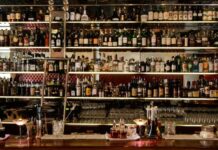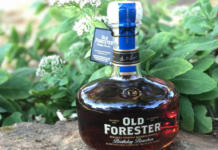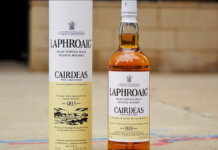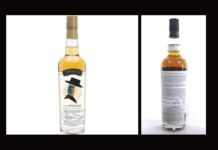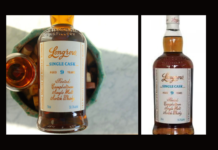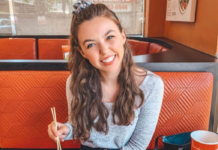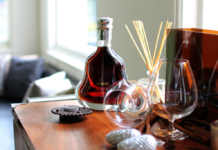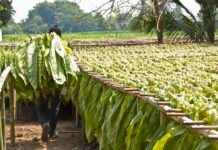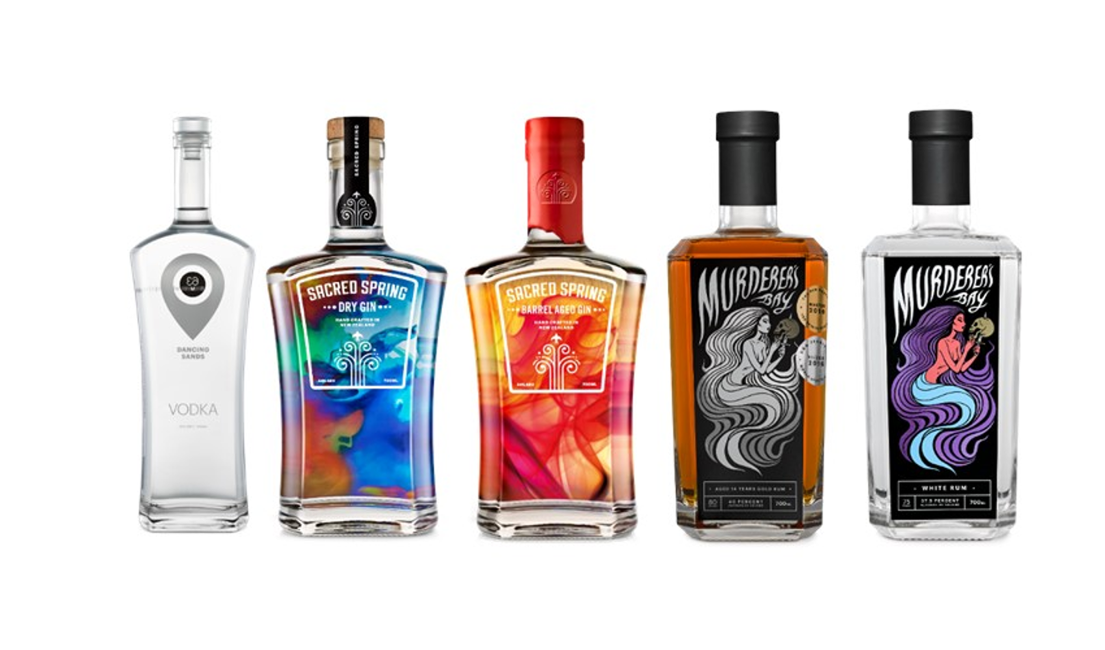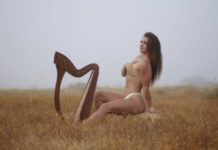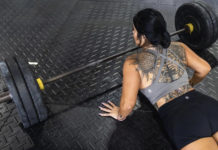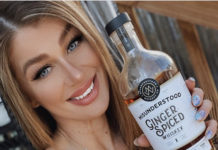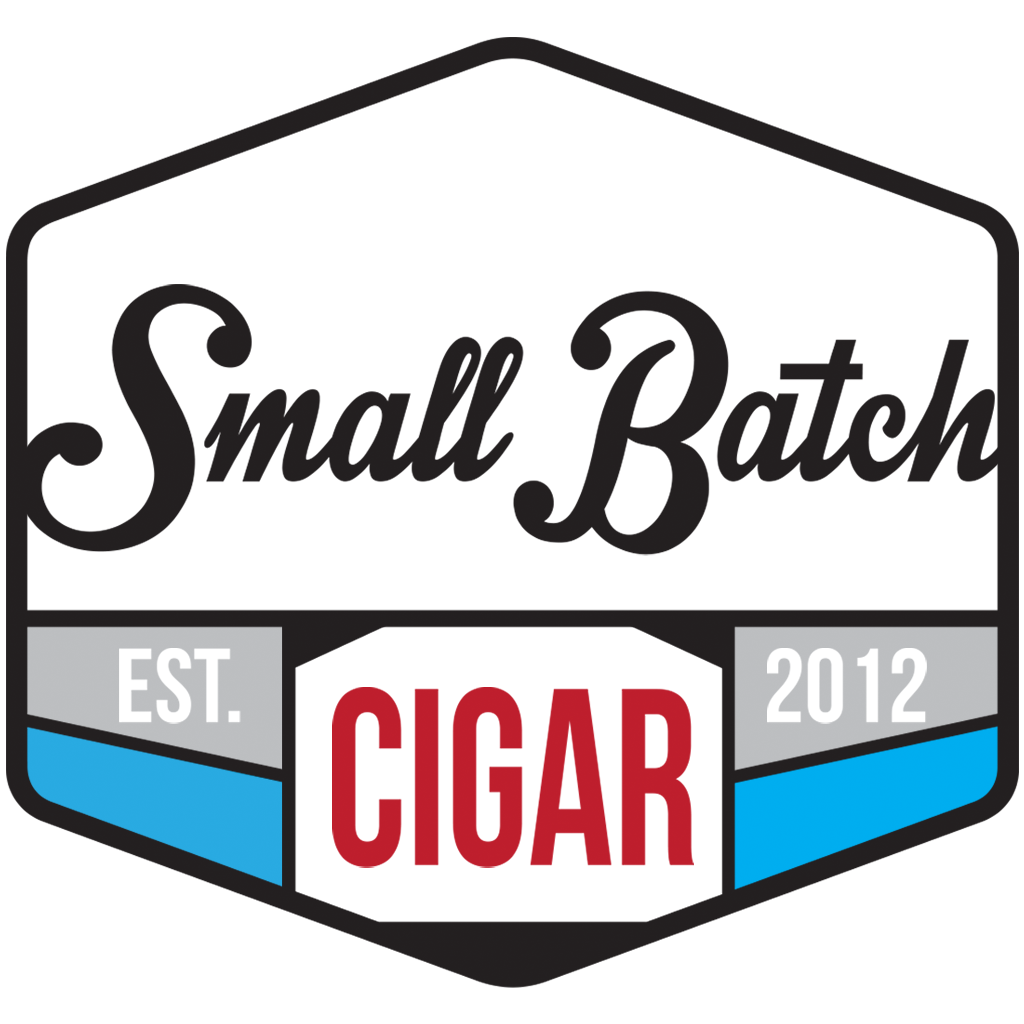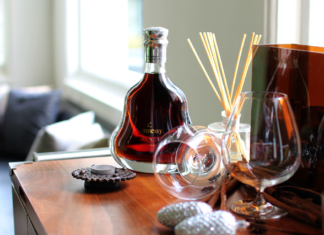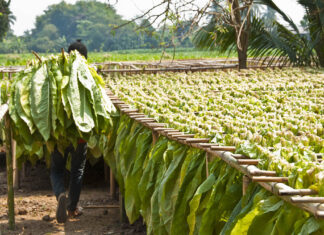Ben and his wife and business partner, Sarah, run the business from Golden Bay and Wellington, New Zealand. Together, Ben and Sarah are close to ying and yang. Where Ben is creative and a bit footloose, Sarah is disciplined and cautious. Their working styles are different enough to complement each other and keep the balance. They have a passion for gin and fell in love over gin martinis with blue cheese olives.
We caught up with Ben Bonoma to find out what it takes to distill gin. Every spirit has its own set of rules behind what it takes to make it great. We have read a lot about Whisky and Rum, but Gin is one of those markets that’s slowly getting mixed into the great sipping spirits of the world. We are very fortunate to speak to Ben about this growing phenomenon.
Ben, tell us about yourself. How did you get into the world of spirit distillation?
BB: I grew up in Boston and has worked and lived in New York, London, Hong Kong, Singapore, and has settled in Wellington, New Zealand with my wife and business partner, Sarah, and our young daughter Mia. Previously, I was a consultant for multi-nationals responsible for large scale project management and delivery. I always had a passion for entrepreneurship and found a calling in the spirit business. We bought a still off of an existing distillery and away we went!
I have a passion for gin and fell in love with my wife over gin martinis with blue cheese olives.
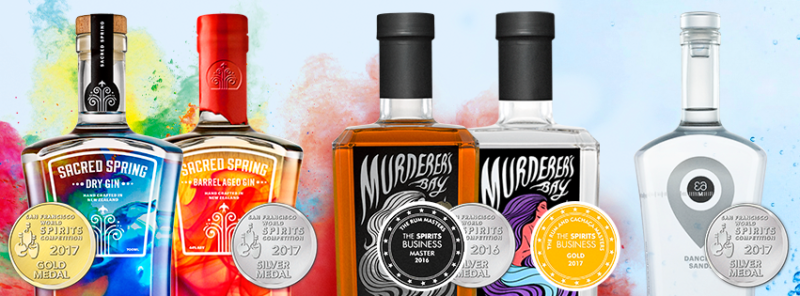 What was your vision for Dancing Sands Distillery. Tell us about the name.
What was your vision for Dancing Sands Distillery. Tell us about the name.
BB: Our distillery sits in one of the most beautiful parts of the world, Golden Bay. The Dancing Sands Distillery story begins with its aquifer which is fed from Takaka’s Te Waikoropupu Springs in Golden Bay, which translated to “The Place of the Dancing Sands”. It has the clearest spring water in the world with under water visibility of 63 metres. It’s other worldly. The purity and clarity of the water sets the standard for every decision we make and every ingredient we use. Does it do justice to this purity? That’s the daily litmus test.
When Dancing Sands began distilling were you aiming for a certain style of gin or rum?
BB: For the gin, we wanted to directly challenge the citrus forward style that is dominate right now. We actually don’t use citrus at all in our gin which is quite rare. We went for a spice profile of cardamom, coriander, and peppercorn complimented by freshly picked manuka leaves, liquorice and angelica root, and almonds to give it a silky mouthfeel.
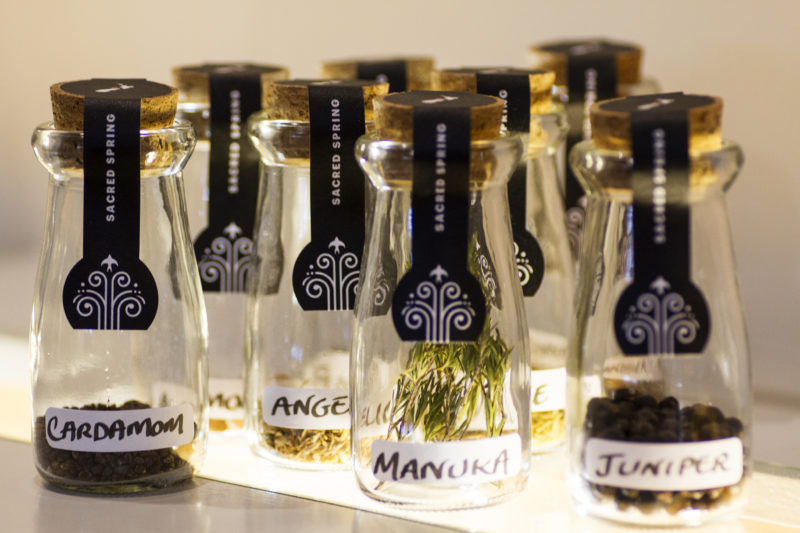 What challenges did you face in the beginning of building the Dancing Sands Distillery? What are some of your proudest moments in this business?
What challenges did you face in the beginning of building the Dancing Sands Distillery? What are some of your proudest moments in this business?
BB: Failure. We fail every day but try to do it in a way that we learn from it and turn into a future success. We do not claim to dust off old recipes and use them in our production. Everything is made from trial and error and once we love drinking it around the distillery then it’s ready to go out for sale.
My proudest moment would have to be the day we opened the cellar door. It was 6 months after we started and we opened with x5 products. It was a great moment to lift your head out of the detail for an afternoon and step back be proud of what’s been accomplished.
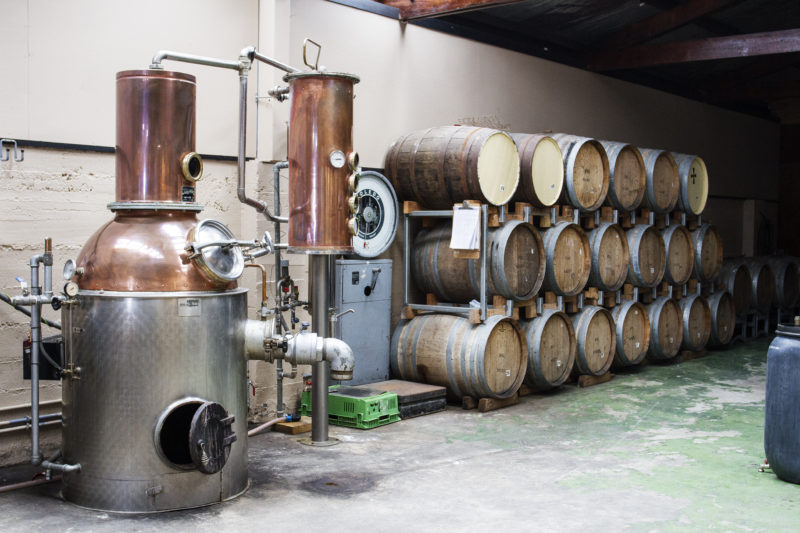 What type of spirits do you currently produce?
What type of spirits do you currently produce?
BB: We produce Vodka, Gin, and Rum
Do you source the ingredients locally? How important is sourcing everything locally?
BB: We source as much as possible locally, such using native Manuka leaves for our gin. The molasses is also sourced locally making us the only NZ distillery making an 100% NZ rum.
It is important to source locally where possible, but not at the expense of quality. I come up with a vision for product and then I figure out how I can make that reality searching locally first and internationally where you can’t find the right ingredients.
Does the geographic location and climate affect the maturation of the gin or rum?
BB: Absolutely. We have a sub-tropical climate at the distillery with hot summers and cool winters, meaning that the aging process occurs faster than what you get in a typical 4 season climate. Our distillery is not insulated or temperature controlled, so the indoor temperature mirrors that of the outdoors.
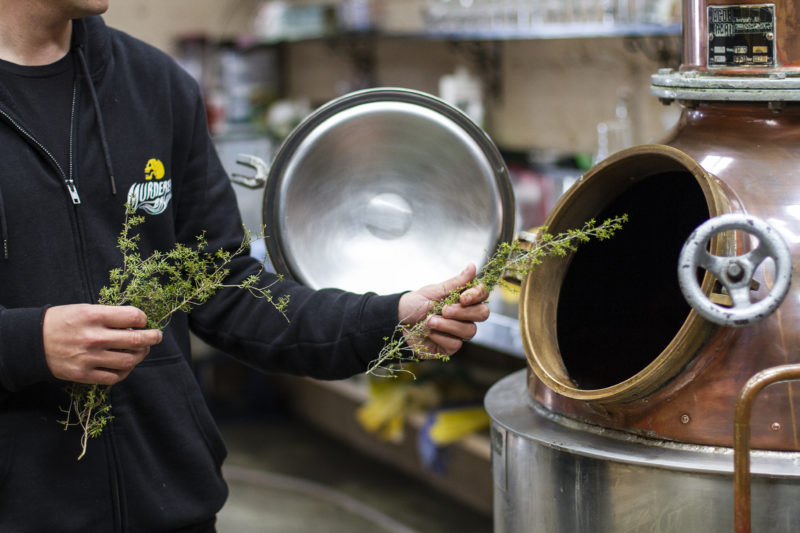 For other people looking to head into this industry, what challenges and learning experiences can you share with us?
For other people looking to head into this industry, what challenges and learning experiences can you share with us?
BB: Part it depends on what you want to get out of it. If you go into thinking you’re going to be minted a millionaire, you’re sorely mistaken! It’s a game of patience.
A passion for working and great spirits helps a lot. When I’m pitching our products out to new customers, it’s not really work because I am talking about what I love.
You need a lot of resilience. You get told ‘no’ all of the time and you’ll need a lot of internal motivation to keep going.
Are you using any special casks, – quarter casks, etc?
BB: Right now, we’re using a mixture of brand new French oak, once used cognac barrels from France, reconditioned barrels, and once used rum casks. We will expand our barrelling capacity in the coming years. I also have some single cask rum that is 16 years old which we’ll pull out shortly.
What is in the pipeline for 2017? Where do you see your distillery 5 years from now?
BB: This year we’re releasing x3 new gins and a spiced rum. Taking a page out of the craft beer book, we want to continual innovate and challenge norms. We’ve started a new line called ‘The Spirit of Innovation’ where we partner with mixologists, artists, and other interesting people to make a spirit based around that person. Our first one is a chocolate gin we’re releasing in June that came from a local mixologist who infused our dry gin with cocoa husk and rooibos tea. It’s exceptional with ginger ale.
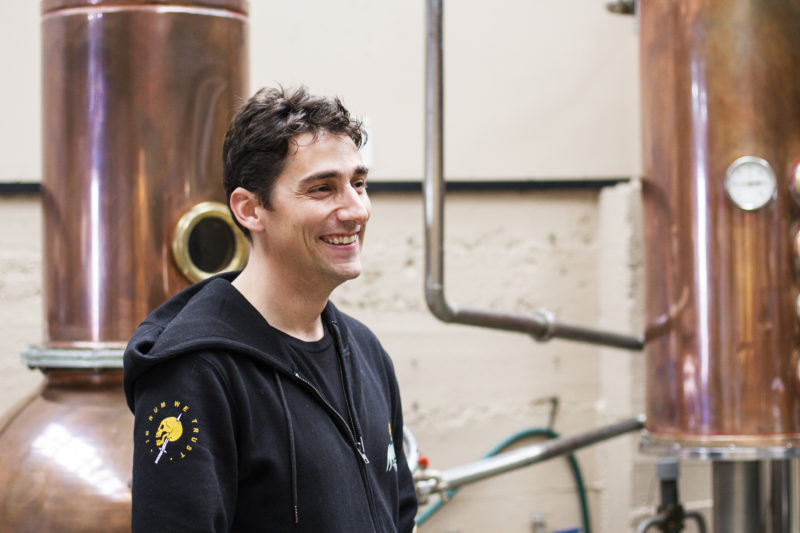 Where or who do you feel is the driving, innovative force behind our craft distilling industry right now?
Where or who do you feel is the driving, innovative force behind our craft distilling industry right now?
BB: I’m a gin fanatic so it’s hard not to site the UK as the leader in that category. The US and Australia are also doing very interesting things as are some of the European countries. The great thing about it is that the more people that innovate and bring their vision to the market, the more excitement it generates for the category.
It’s a fantastic time to be part of this growth.
Name a few other distillers or distilleries who inspire you.
BB: I think Monkey 47 is my favourite gin at the moment, but honestly anyone who takes the plunge and goes after setting up their own distillery is an inspiration. It take a lot of courage to get into the distilling game.
Is there anything else you’d like to share with the Tastethedram readers?
BB: I’m a morning person, so I do all of my product tasting in the morning. It can mean that at 7AM I am tasting new potential products which is a weird way to live life.


